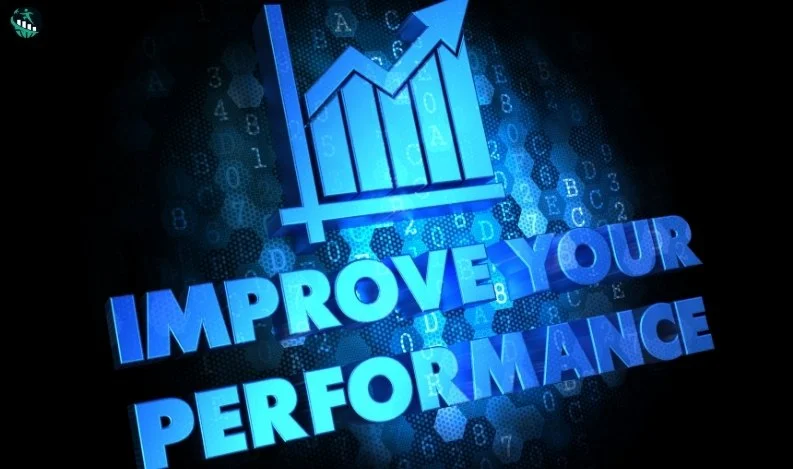
How to Speed Up Your PC: 10 Easy Tips to Improve Performance
Is your computer running slower than it used to? You’re not alone. Over time, even the most advanced PCs can start to lag due to cluttered files, outdated software, and unnecessary background processes. Thankfully, you don’t need to spend a lot of money on upgrades or a new computer. With a few easy adjustments, you can speed up your PC and get it back to running smoothly.
In this guide, we’ll explore 10 practical tips to help you boost your PC’s performance.
1. Uninstall Unnecessary Programs
One of the first steps in speeding up your PC is to remove software that you no longer use. Many applications run in the background, taking up valuable resources like RAM and CPU power. To uninstall unused programs:
- Go to Control Panel > Programs > Uninstall a Program.
- Look for programs you haven’t used in a while and remove them.
This simple step can free up a significant amount of system resources, making your PC faster.
2. Disable Startup Programs
Many programs automatically start when you turn on your computer, which can slow down boot time and overall performance. Disabling non-essential startup programs can speed up your PC significantly. Here’s how:
- Press Ctrl + Shift + Esc to open Task Manager.
- Navigate to the Startup tab.
- Disable programs that are not crucial when you boot your system, like media players or cloud sync applications.
This ensures that only necessary programs run during startup, giving your computer a faster start.
3. Upgrade Your RAM
If you find your PC struggling when running multiple applications, it might be due to insufficient RAM. Upgrading your RAM can significantly improve performance, especially if you work with memory-intensive software like video editors or run many browser tabs simultaneously.
Upgrading from 4GB to 8GB (or higher) is often recommended for better multitasking and smoother overall performance.
4. Run Disk Cleanup
Your PC stores a lot of unnecessary files over time, like temporary files, system logs, and cached data. Running Disk Cleanup can help free up space and improve your PC’s speed. To do this:
- Search for Disk Cleanup in the Start Menu.
- Choose the drive you want to clean, typically the C: drive.
- Check all the boxes for file types you want to remove, then click OK.
This process can clear out gigabytes of space, allowing your system to run faster.
5. Consider Upgrading to an SSD
If your PC is still using a traditional hard disk drive (HDD), upgrading to a solid-state drive (SSD) can be one of the most effective ways to speed up your computer. SSDs are faster than HDDs in almost every way—boot times, file access, and loading applications. The performance improvement is particularly noticeable if your computer takes a long time to start up or load programs.
6. Keep Your Software and Drivers Updated
Outdated software can cause performance bottlenecks and security risks. Regularly update your operating system, drivers, and applications to ensure optimal performance. Windows usually handles these updates automatically, but it’s always good to check for driver updates manually:
- Go to Device Manager, right-click on your devices, and select Update driver.
This keeps your system running efficiently and compatible with newer applications.
7. Run Regular Antivirus and Malware Scans
Viruses and malware can significantly slow down your computer by hogging resources and causing unwanted processes to run in the background. Use a trusted antivirus program to scan your system regularly. Tools like Windows Defender or Malwarebytes can help identify and remove malicious software.
Regular scans can keep your system secure and ensure it runs at optimal speed.
8. Clear Browser Cache and Temporary Files
Over time, web browsers store a lot of cache, cookies, and other data that can slow down not only your browsing experience but also your overall PC performance. Clearing your browser’s cache is easy:
- In Chrome, go to Settings > Privacy and Security > Clear Browsing Data.
- Select the time range and types of data you want to clear.
You can also use tools like CCleaner to automate the cleaning process for temporary files across your entire system.
9. Defragment Your Hard Drive
If you still use an HDD, defragmenting it can improve data access speeds. Fragmentation occurs when related data gets scattered across different parts of the disk, causing your PC to take longer to access files. Defragmentation organizes these files for quicker access:
- Go to Start > Type Defragment and Optimize Drives.
- Select the drive and click Optimize.
Note: If you have an SSD, defragmentation is not needed, as SSDs operate differently and don’t benefit from this process.
10. Reduce Visual Effects and Animations
While Windows’ visual effects and animations look nice, they can slow down performance, especially on older machines. You can disable unnecessary effects by:
- Right-clicking This PC > Properties > Advanced System Settings.
- Under the Performance section, click Settings.
- Choose Adjust for best performance or manually select the effects you want to disable.
This adjustment can free up system resources, leading to a noticeable speed boost.
Final Thoughts
Keeping your PC running smoothly doesn’t require complicated or expensive solutions. By following these 10 tips, you can maintain your computer’s performance and extend its lifespan. Regular maintenance, such as clearing out junk files, upgrading key components, and optimizing settings, can make a significant difference in your PC’s speed.
Remember, your computer is an investment. Taking the time to perform routine maintenance will not only improve performance but also save you money in the long run.
Also Read:-



Recent Comments: